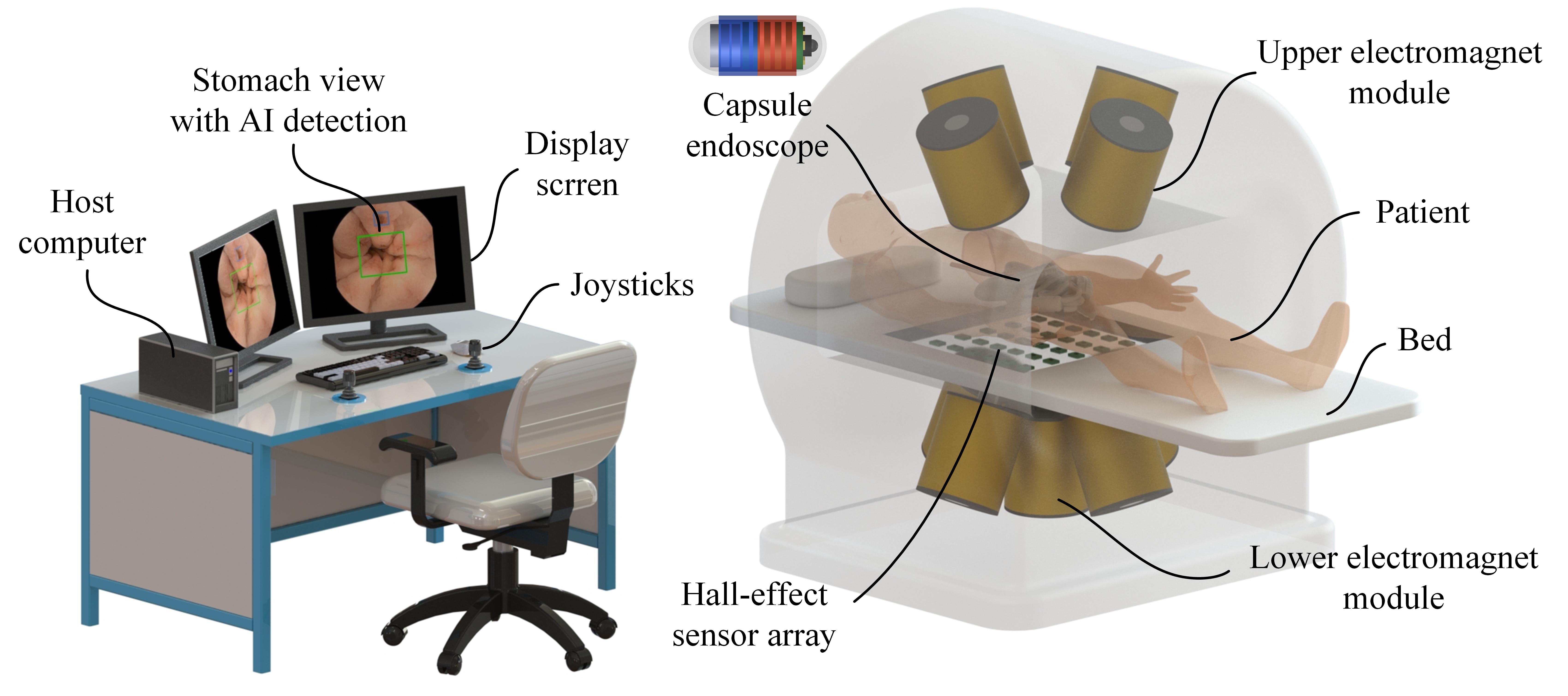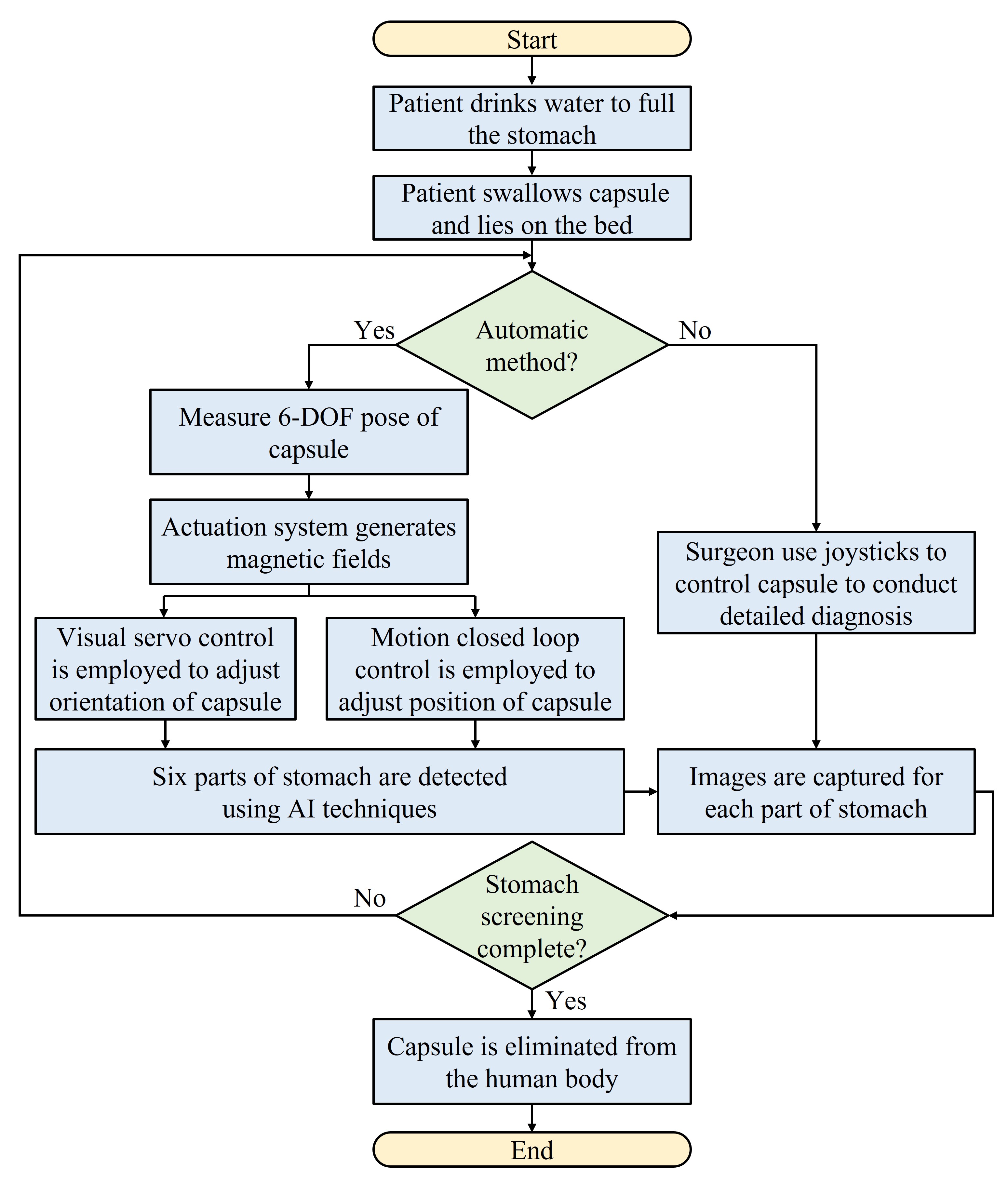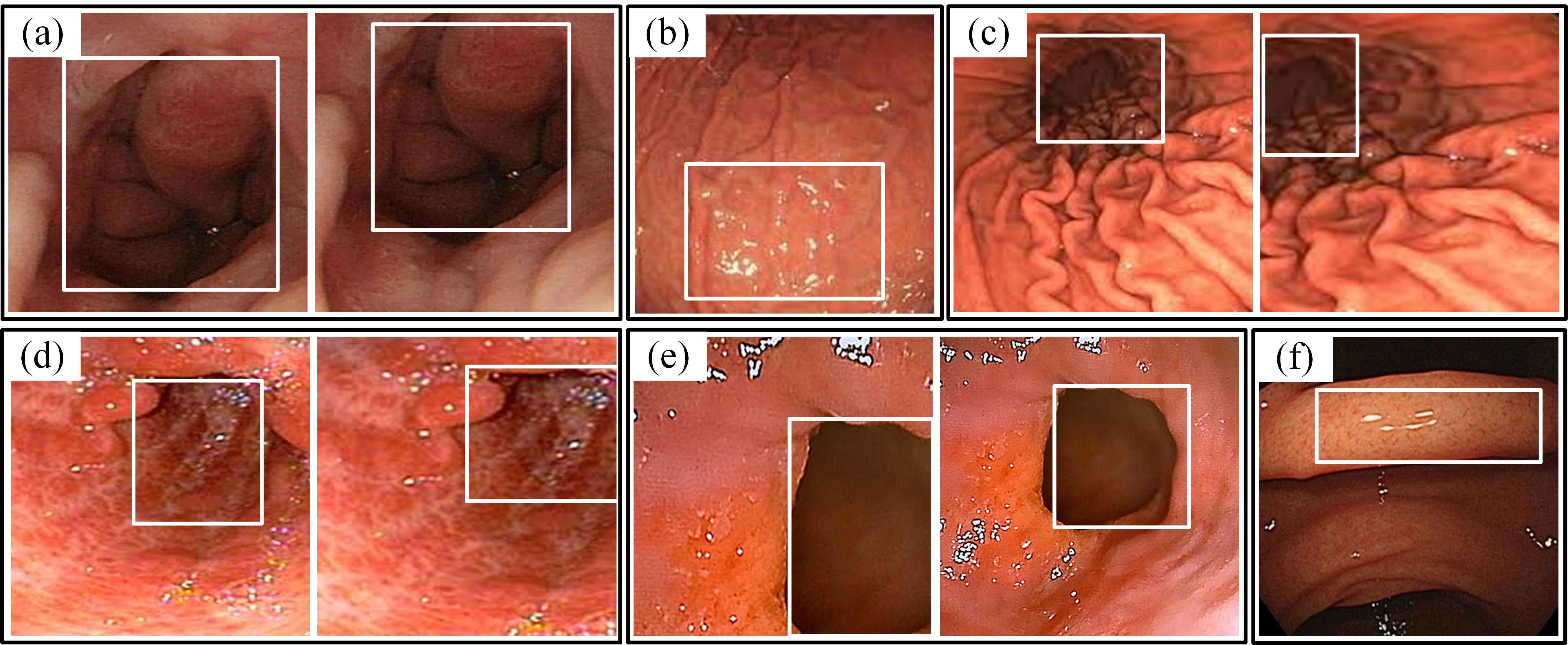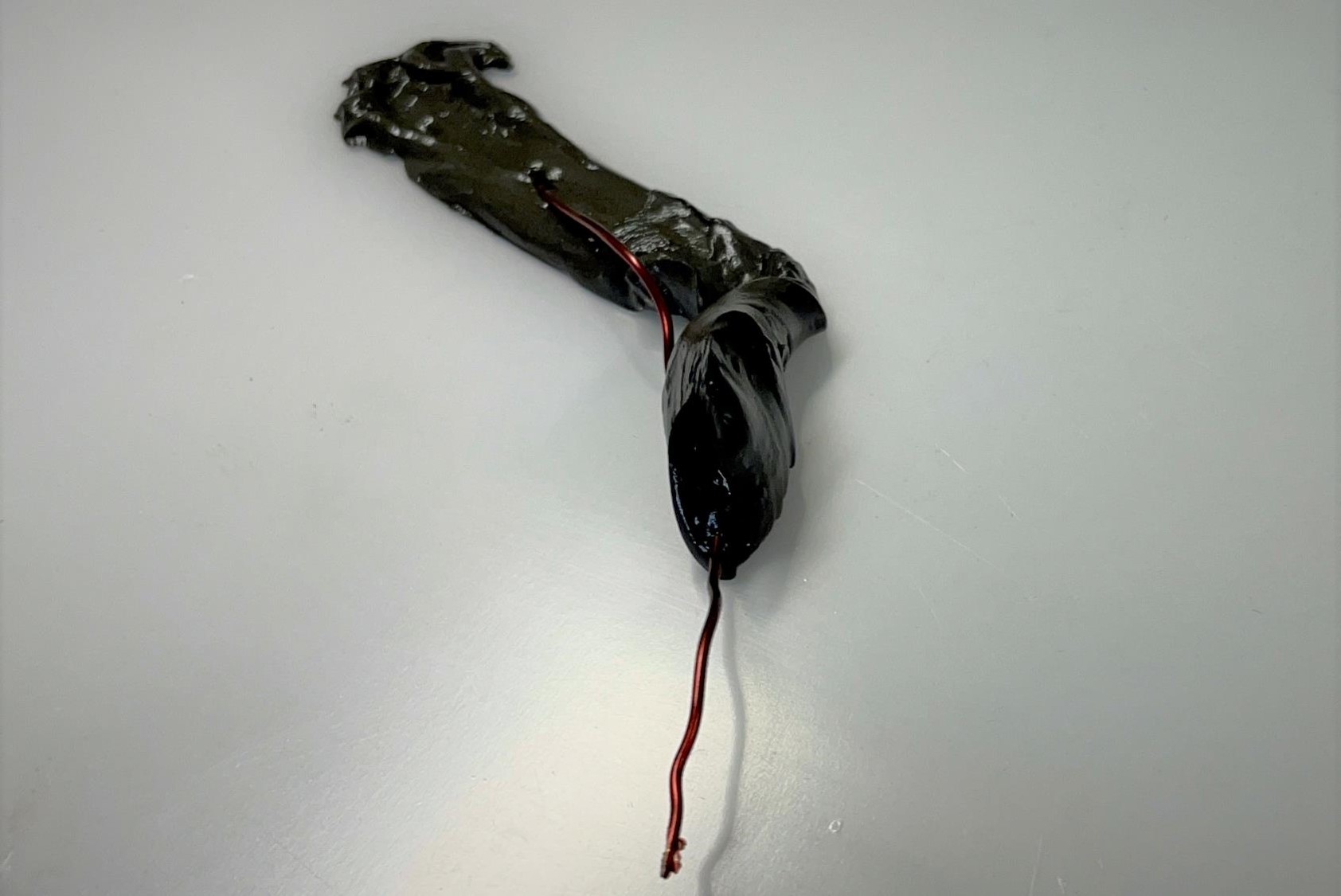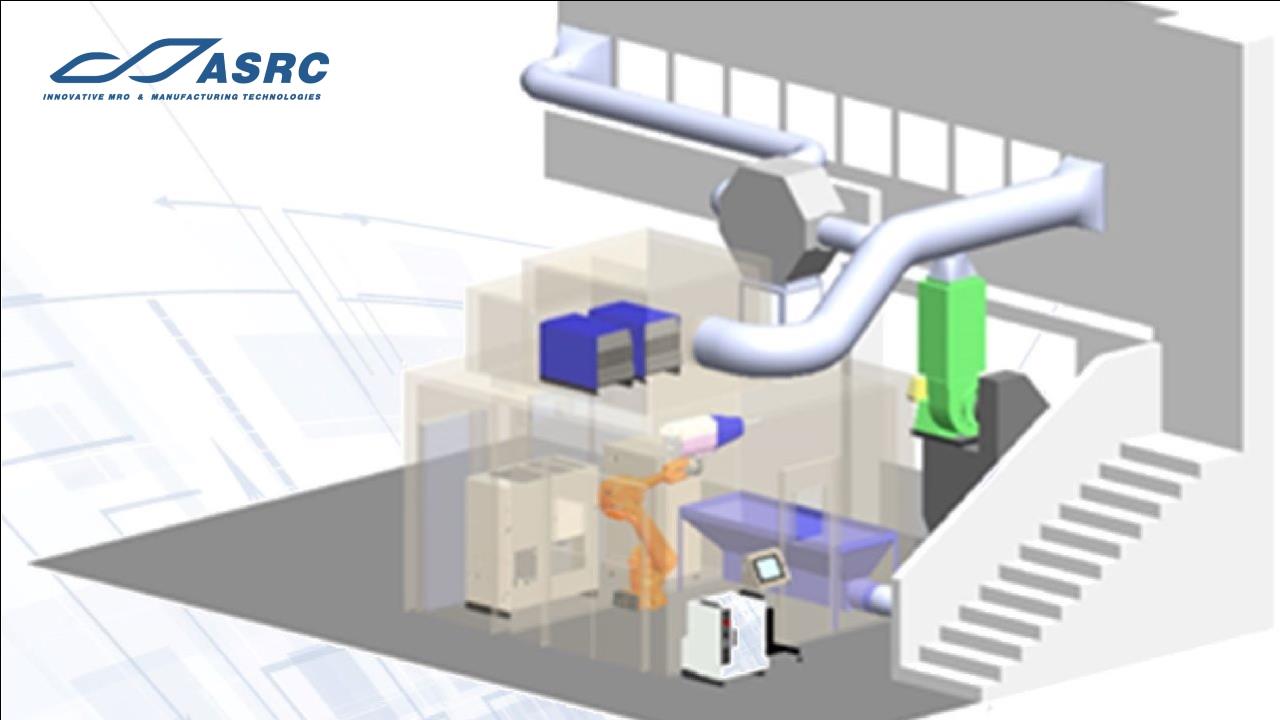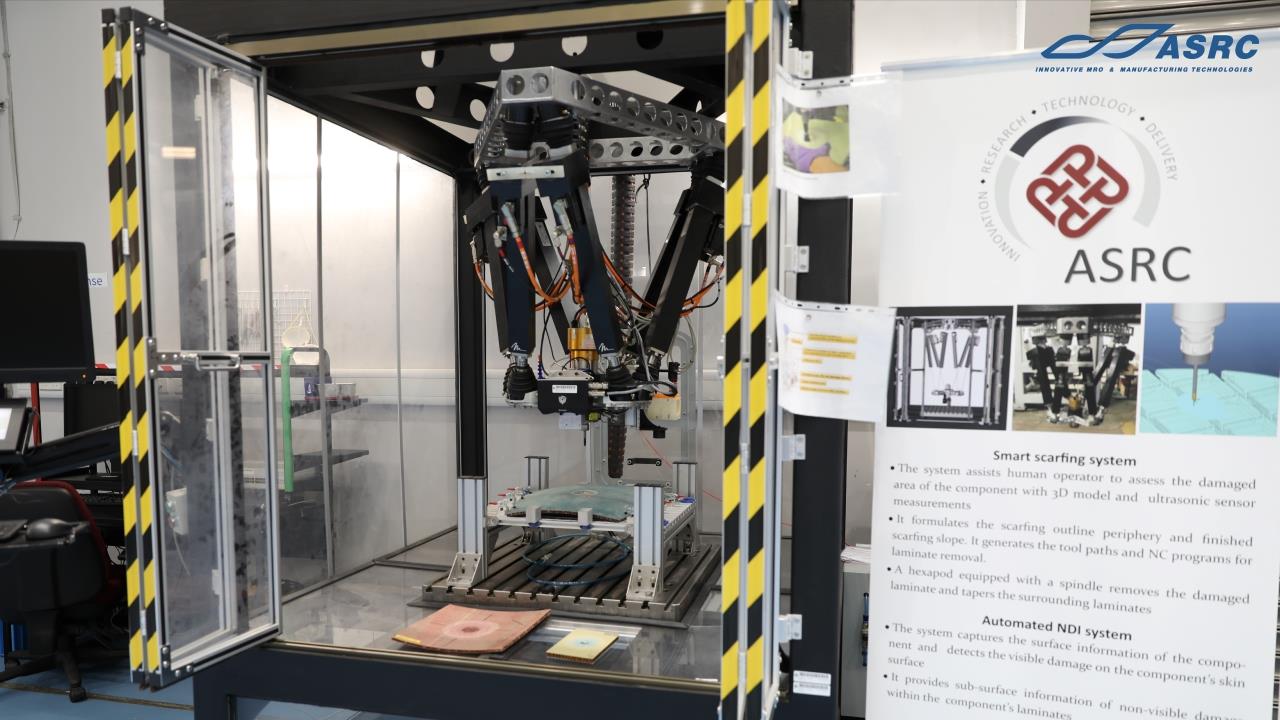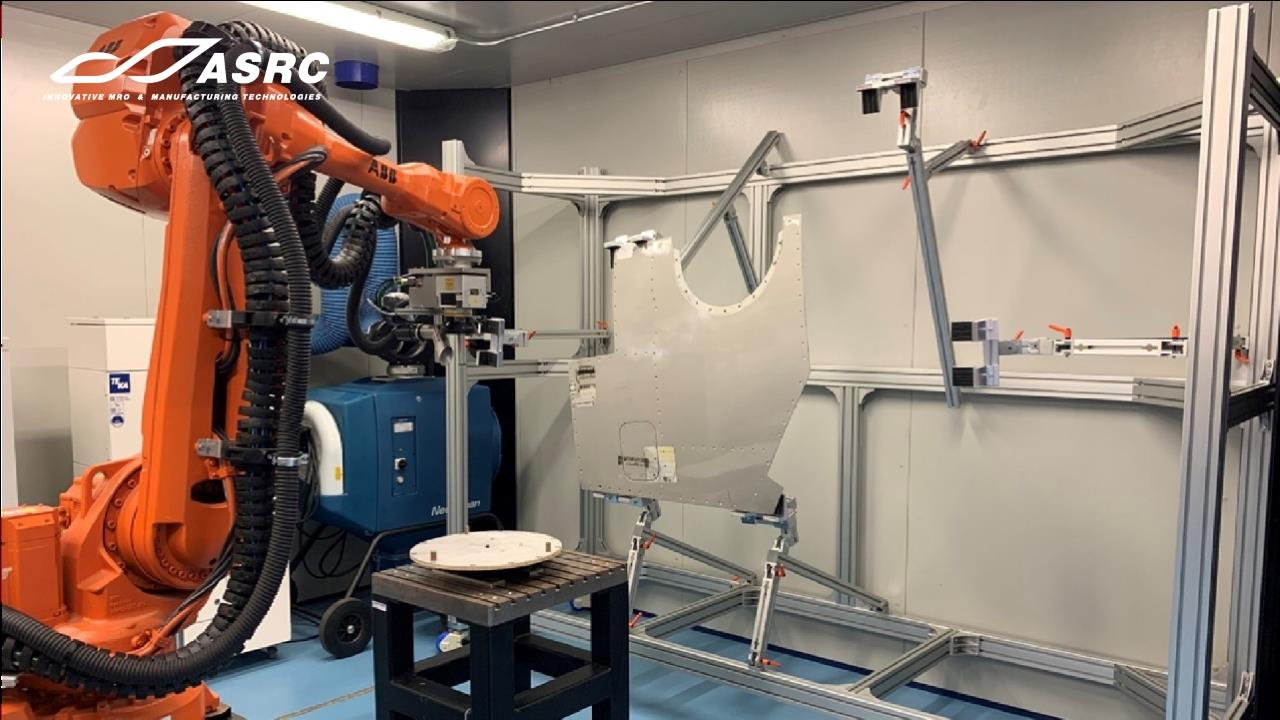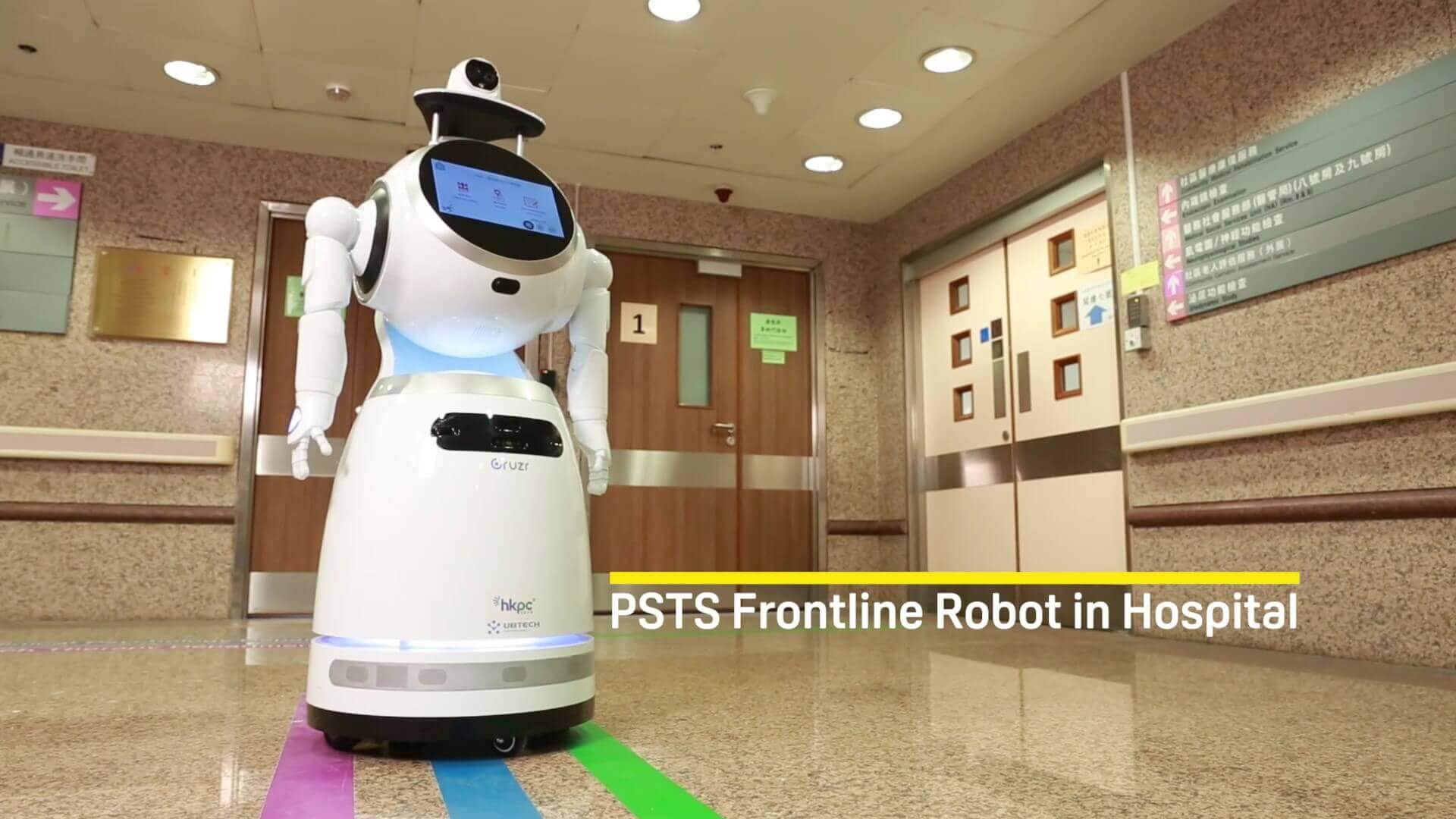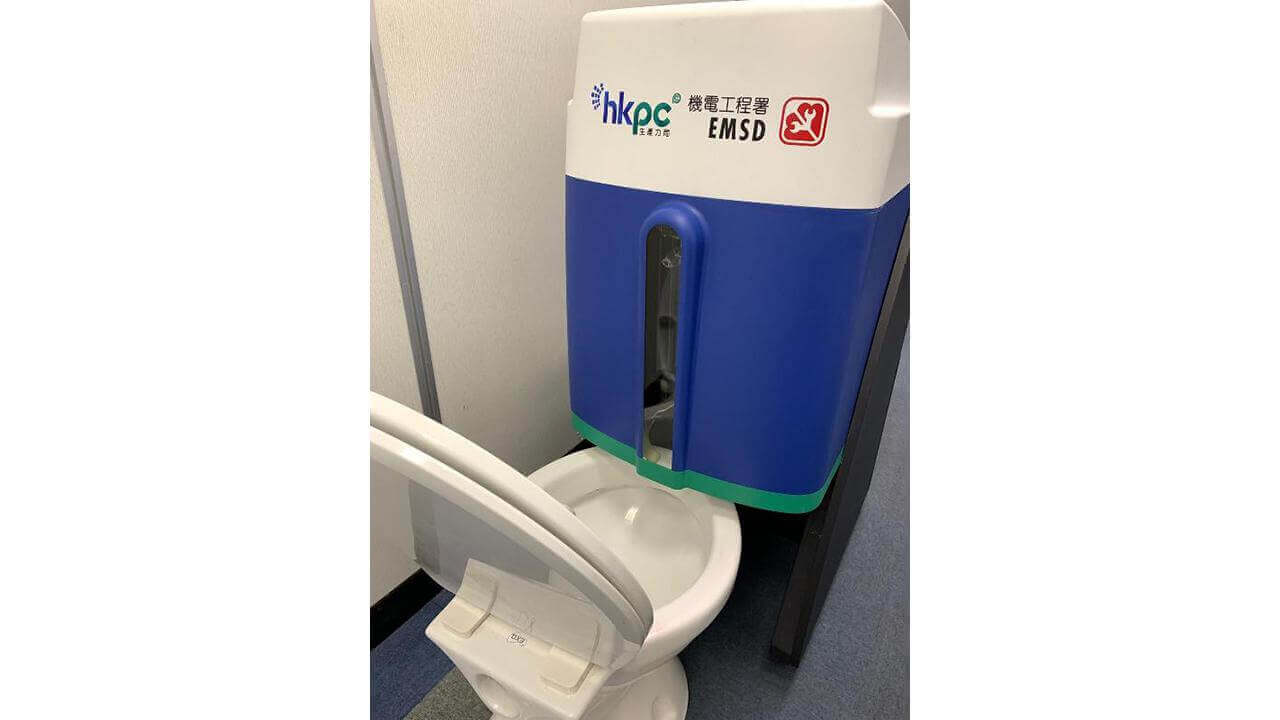
A Semi-autonomous Transperineal Prostate Biopsy Robotic System with Enhanced Minimal Invasion
This device is to facilitate the urologists to precisely place the needle-guide to the desired target position for needle insertion in the transperineal prostate biopsy with the capability to avoid any obstacles. To this end, even novice surgeons could perform a high-quality prostate biopsy rapidly while patients will suffer less trauma.
Prostate biopsies serve as a gold standard to detect prostate cancer that is one of the main causes of death in men worldwide. Current transperineal biopsy method is highly dependent on the experience of the surgeon who needs to hold the transrectal ultrasound probe with one hand while inserting the needle through the perineum with the other hand.
- The robot system can simultaneously coordinate and adjust the positions of the ultrasound probe and biopsy needle guide , and ensure that the biopsy needle remains in the longitudinal imaging plane of the ultrasound probe.
- The designed robot system can automatically complete the alignment of ultrasound and biopsy needles for each target point.
- The device only utilizes very few shared puncture points throughout the entire puncture process.
- The biopsy needle can be observed in the real-time image plane of the probe all the time to ensure safety.
- The robot system is very flexible and can avoid obstacles from the pubic bone.
- Through this robotic system, surgeons only need to perform inserting needles during the process of prostate biopsy.
- Patients only need to endure a small dose of local anesthesia, which can reduce their pain and surgical trauma.
- Sliver Medal at the “2023 Geneva International Exhibition of Inventions”
- Transperineal prostate biopsy
- Transperineal prostate ablation
Patent
- US patent (Provisional Application No. 63/386,673)
Founded in 1963, The Chinese University of Hong Kong (CUHK) is a forward-looking comprehensive research university with a global vision and a mission to combine tradition with modernity, and to bring together China and the West. CUHK teachers and students hail from all around the world. Four Nobel laureates are associated with the university, and it is the only tertiary institution in Hong Kong with recipients of the Nobel Prize, Turing Award, Fields Medal and Veblen Prize sitting as faculty in residence. CUHK graduates are connected worldwide through an extensive alumni network. CUHK undertakes a wide range of research programmes in many subject areas, and strives to provide scope for all academic staff to undertake consultancy and collaborative projects with industry.

